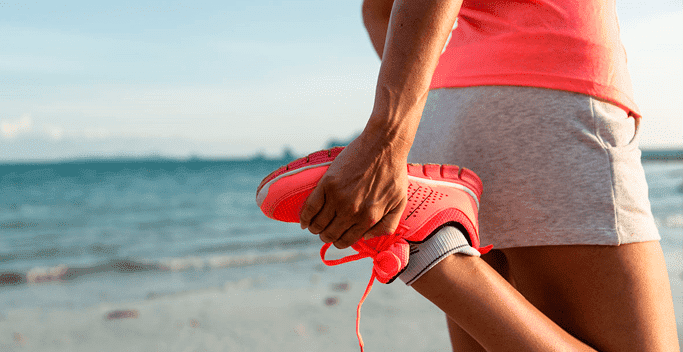
When people have ACL injuries, it takes a lot of time to regain normal motion, and sometimes it never happens. So how are ACL injuries different from other injuries movement wise?
People who are active in sports are prone to injuring the ACL. The ACL is a ligament that is present in the knee and can tear or sprain due to rapid motion or change in directions. It can also occur as a result of an incorrect landing or a fall. People who participate in basketball, soccer or football are more likely to suffer from an ACL injury.
When you suffer an ACL injury, it is vital that you seek treatment as soon as possible. The more you continue putting pressure on the hurt knee, the worse the injury and the harder it will be to treat. But sometimes it isn’t your fault that you do not report the problem early. Some of the symptoms may seem like those of a less severe kind of injuries. If you find yourself having the following symptoms, your knee pain could be as a result of ACL injury.
The severity of the injury determines the treatment a patient will get. However, if the injured person is young and active and there is a tear in the ligament, surgery is the best option. Older patients may decide not to get surgery but they will no longer be active as their knees won’t let them.
But even when you have reconstructive ACL surgery, there is some disappointing news. Patients will still face a higher risk of disability from osteoarthritis. Additionally, 30% of patients will suffer re-injury especially when they go back to active sports.
One of the reasons why ACL re-injury is common even after rehabilitation is the optical motor compensations as a result of the knee injury. They are as a result of visual-motor compensations. What this means is that when a person has hurt their knee, and they start walking again; they feel like they cannot “trust” their knee anymore. They will therefore not walk as they used to and will be looking before stepping like they are learning to walk.
Visual motor compensations are as a result of brain plasticity. Brain plasticity is the re-organization of the brain for time to time to accommodate changes. For instance, when you learn something new, your brain will re-organize itself to accommodate the new activity.
When you hurt your knee, and it remains disused, the brain no longer receives somatosensory signals from that area. Brains plasticity then stops catering to the knee area. This is why people on rehabilitation struggle and use their sight rather than brain signals to walk.
One of the solutions is to reprogram the brain to start receiving somatosensory signals from the knee. The best way to do this is by using visual motor training. The training involves limiting sight by using blindfolds or strobe glasses.
The limited sight stimulates the brain to start receiving somatosensory signals from the knee area. It takes a while for the brain to get used to the somatosensory signals but it has been found to work better than neuromuscular training alone.
ACL injury rehabilitation can be daunting and exhausting both financially and emotionally. You may have even come to almost giving up. But visual motor training is here to help make the process a lot more successful. Hopefully also prevent re-injury.
Dr. Lev Kalika is a world-recognized expert in musculoskeletal medicine. with 20+ years of clinical experience in diagnostic musculoskeletal ultrasonography, rehabilitative sports medicine and conservative orthopedics. In addition to operating his clinical practice in Manhattan, he regularly publishes peer-reviewed research on ultrasound-guided therapies and procedures. He serves as a peer reviewer for Springer Nature.
Dr. Kalika is an esteemed member of multiple professional organizations, including: